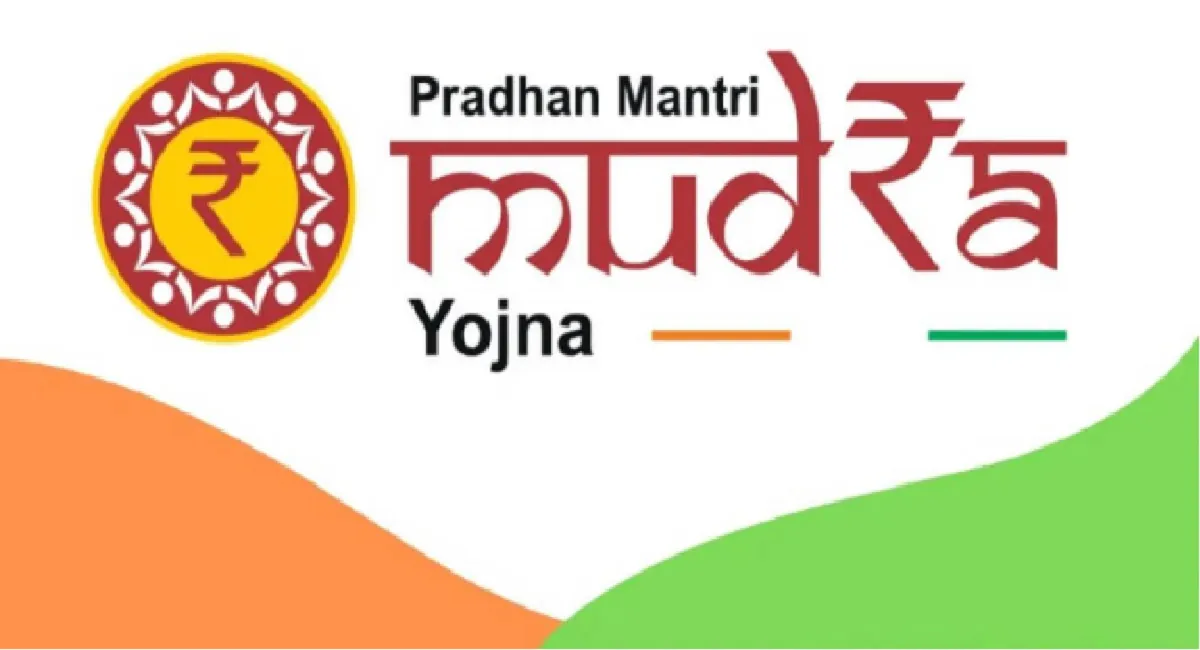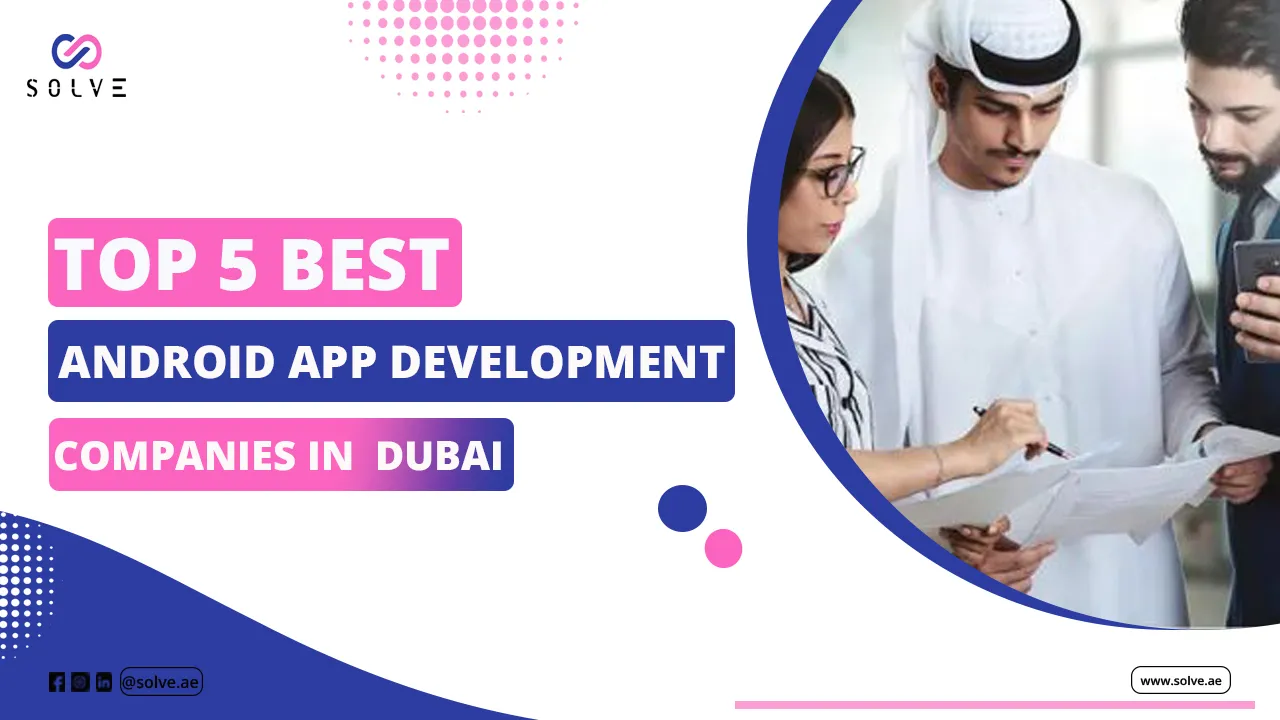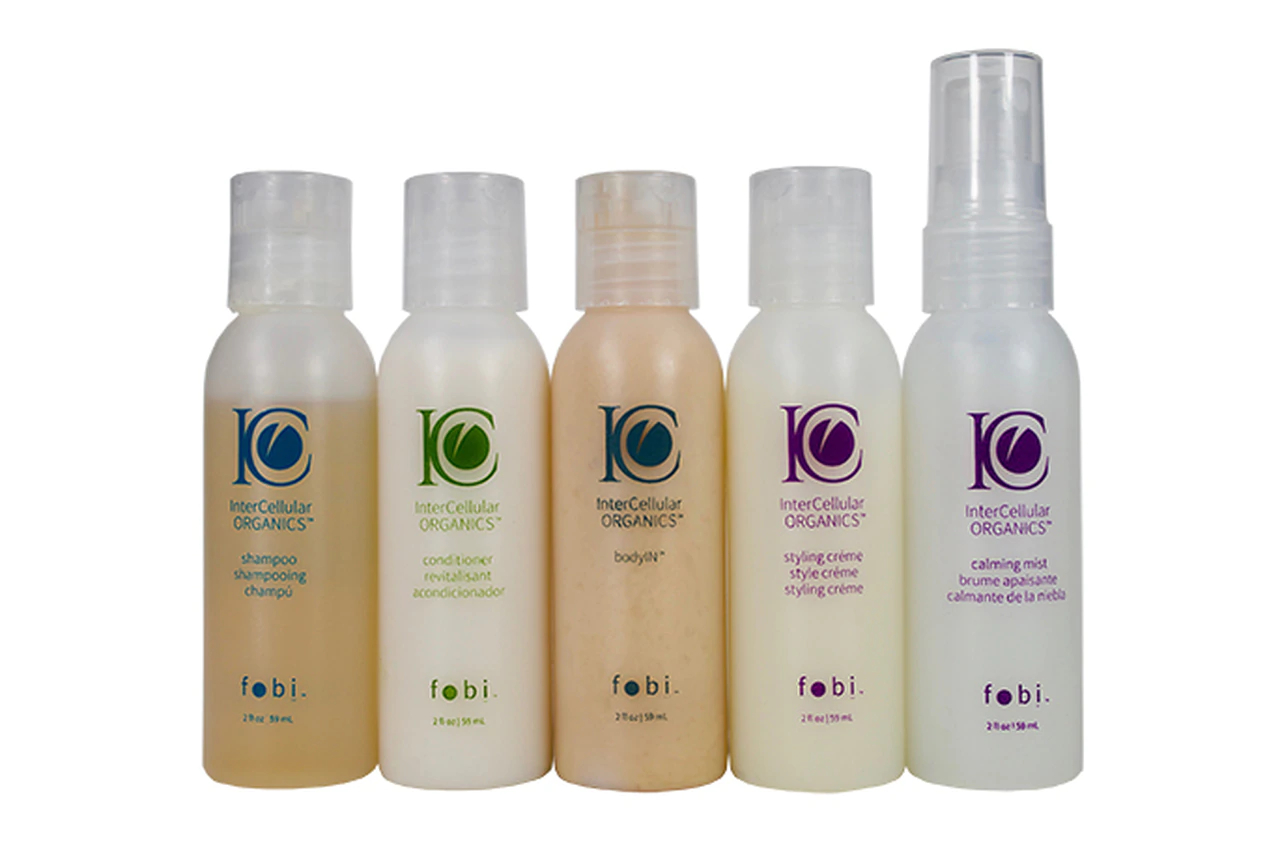Recent Posts
technology
4850
March 19, 2025
by ecuzensoftwaretechnology
4535
March 19, 2025
by solveittechnolobusiness
3760
February 25, 2025
by ProElectricianSubscribe to the best creative feed.
Categories
Trending Post
September 24, 2020
September 14, 2020
September 11, 2020
September 25, 2020
April 23, 2021


.webp)






